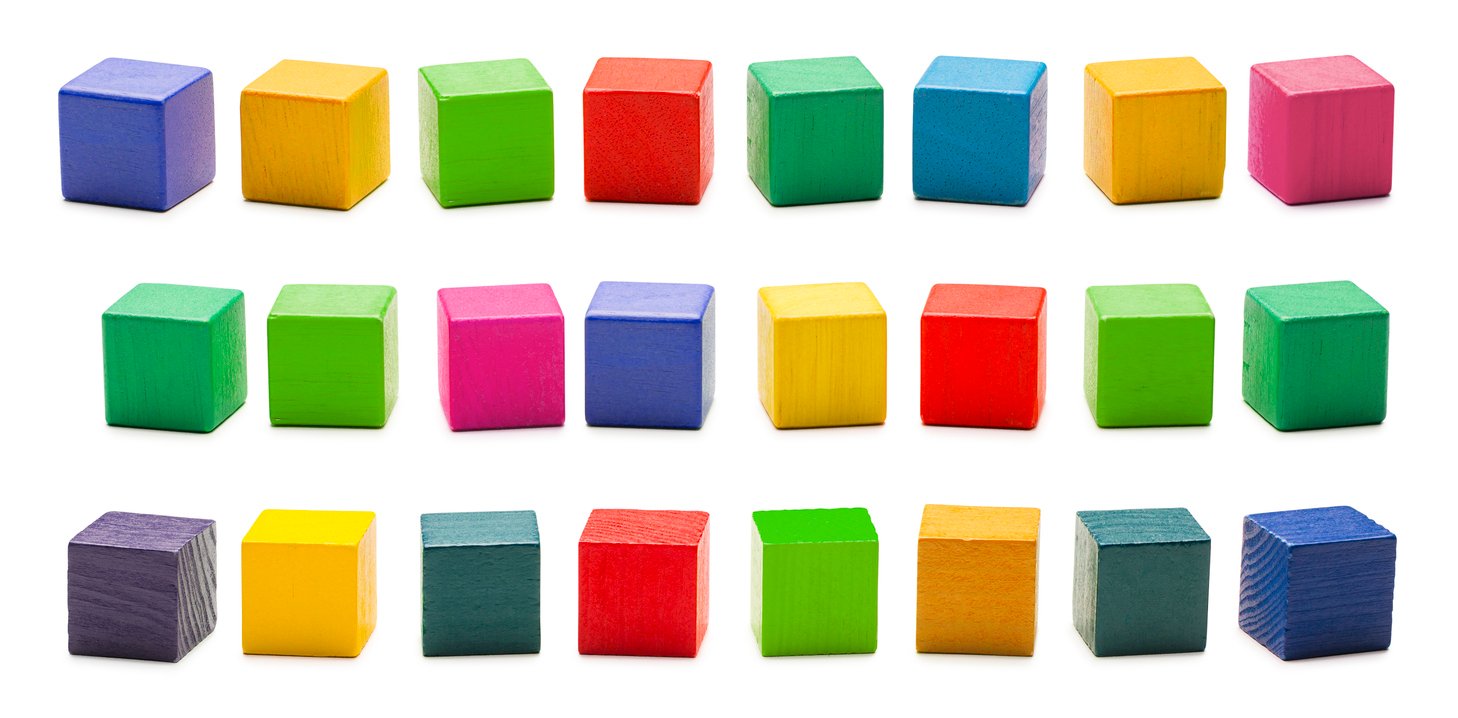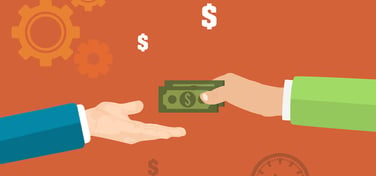The more the merrier.
Orr as one buy-side trader said, “market fragmentation is a good thing.” He added that it has helped him find the Holy Grail of trading – natural block liquidity.
In a discussion here at the WBR Equities Leaders Summit in Miami, Florida that centered on venue proliferation and block liquidity, Enrico Cacciatore, Head of Market Structure and Trading Analytics, Voya Investment Management, the lone buy-side trader on the panel, told attendees that he’ll always opt for a block once his trading objective has been assessed.
“I use the data to decide,” he began. “As a buy-side trader I need to know my objective and what the balance is between tolerance to risk and market impact. But if I can trade 25,000 shares at the midpoint now I’ll always look to trade it.”
As some say in the market, the block is back. But as Tim Mahoney, CEO, BIDS Trading Investment Management chimed, it didn’t leave it just was quiet for a while. Mahoney liked the resurgence of block trading to the notion of it being easy to use. Back in 1995, he recounted how block trading was 53% of total volume at the New York Stock Exchange. But with fragmentation, the advent of FIX and more technology, the block faded somewhat. Yes, they were still getting done, more than ot in dark pools and other venues.
“Block trading is indeed picking up,” Mahoney said. “People are now more willing to purchase and sell blocks now.”
As proof, he told the audience that year-to-date (based on October data), block trading volume is up 12% while total consolidated trading volume is 9%.
Brian Williamson, Head of Sales at Luminex Trading and Analytics, concurred. According to his own data, block trading – using 10,000 shares as a standard – has grown and that block trading “is unique” and allows traders to source liquidity on their own terms.
“A block can allow you to trade them while you can, not when you have to,” Williamson said.
So, why is the block trade and venue enjoying a resurgence? First, as Voya’s Cacciatore explained, was the creation of and use of conditional orders. These allow him to send the order out and allow the technology to do the rest.
“Providers can now meet my need with the order in hand,” he said. “Before, I’d have to piece out my order.”
Session moderator Dave Weisberger, Head of Crypto, at ViableMKTS and co-founder of CoinRoutes, added that the development of smarter and block liquidity seeking algorithms were also a contributing factor to block trading growth. BIDs’ Mahoney agreed.
“Clearly the use of automated algorithms is on the rise and that includes those designed specifically for sourcing block liquidity,” Mahoney said. “These algos and block strategy are more widely adapted now than a few years back.”
And of course, the usage of auctions in the market – such as those from CODA Markets, BATS and Luminex have most certainly helped.
“For blocks, auctions open up the untapped universe of institutional liquidity that resides outside the Spread. The best provider of block liquidity to the buy side is the buy side," said Jim Ross of CODA Markets. "Auctions are a unique, emerging tool for the buy side to explore and unleash the untapped latent liquidity that resides outside the spread.”
“Auctions can definitely help build a block and these vehicles need to be further examined,” Voya’s Cacciatore said. “You need to test and evaluate the auctions and take the opportunity to explore these new venues.”
You can follow the Equities Leaders Summit on Twitter @EquitiesLeaders or #EquitiesLeaders.
Or search WBR ELS on www.tradersmagazine.com














